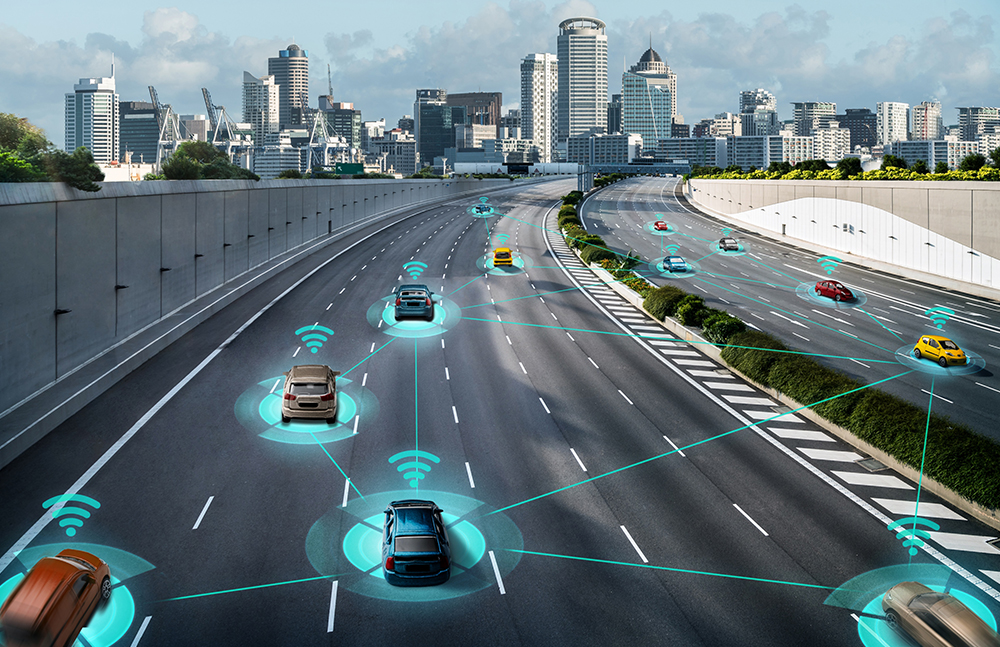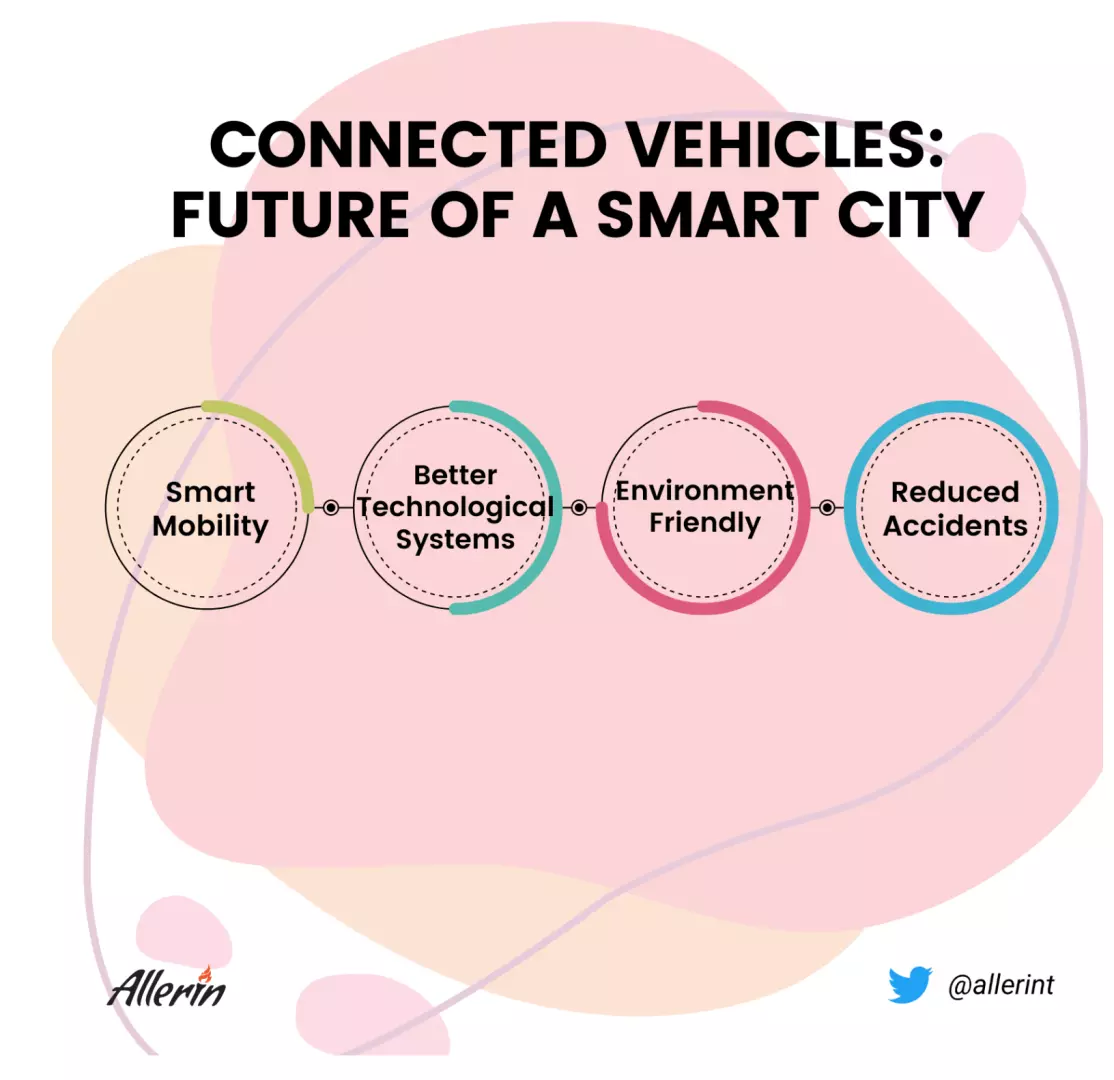1. Reducing Accidents
The latest technological advancements have increased the probability of people surviving crashes or accidents. But what if the crashes can be easily avoided? A connected vehicle can drastically reduce the number of accidents and fatalities on roads. The technology in these modes of transport will help them connect well with surrounding vehicles and reduce crashes by nearly 80%.
2. Providing Better Technological Systems
High-end vehicles today are designed with cutting-edge technological advancements such as cameras, sensors, radars, etc. The technology in connected vehicles will possess a greater range than the technology present in cars today. The efficient advancement will give vehicles alerts about potential danger or hazardous equipment faster to prevent any fatal accidents from taking place. Similar to radar, the technology doesn’t require to be in the line of sight to get effective communication through. This enables the system to warn drivers of potential dangers even though the incident is happening on top of a hill or in other places. Connected vehicle technology is less expensive than the standard technology available today. This will allow it to eventually become a standard feature in almost every car on the road in the future.Saves the EnvironmentCarbon fels and emission from vehicular discharge is putting a major dent in the environment. The efficient means of transportation offered by connected vehicles ensures that the carbon footprint left by these vehicular modules will be lower. This effective fix with IoT in smart cities will help in protecting the environment while achieving the goal of rapid urbanization.
3. Measuring Health Risks
Smart citizens using connected vehicles can remain health aware as the applications of the systems can direct them to any problems or issues. The latest sensors and technological advancements will monitor any changes in the passenger’s behavior or alert them of any health risks.
The integration of connected vehicles to IoT in smart cities is only the beginning of the transportation cycle. With the upgrade to 5G technologies, the connectivity and applications of this technology will keep on increasing. This, in turn, will improve the mobility and functionality of smart cities in the future.



















